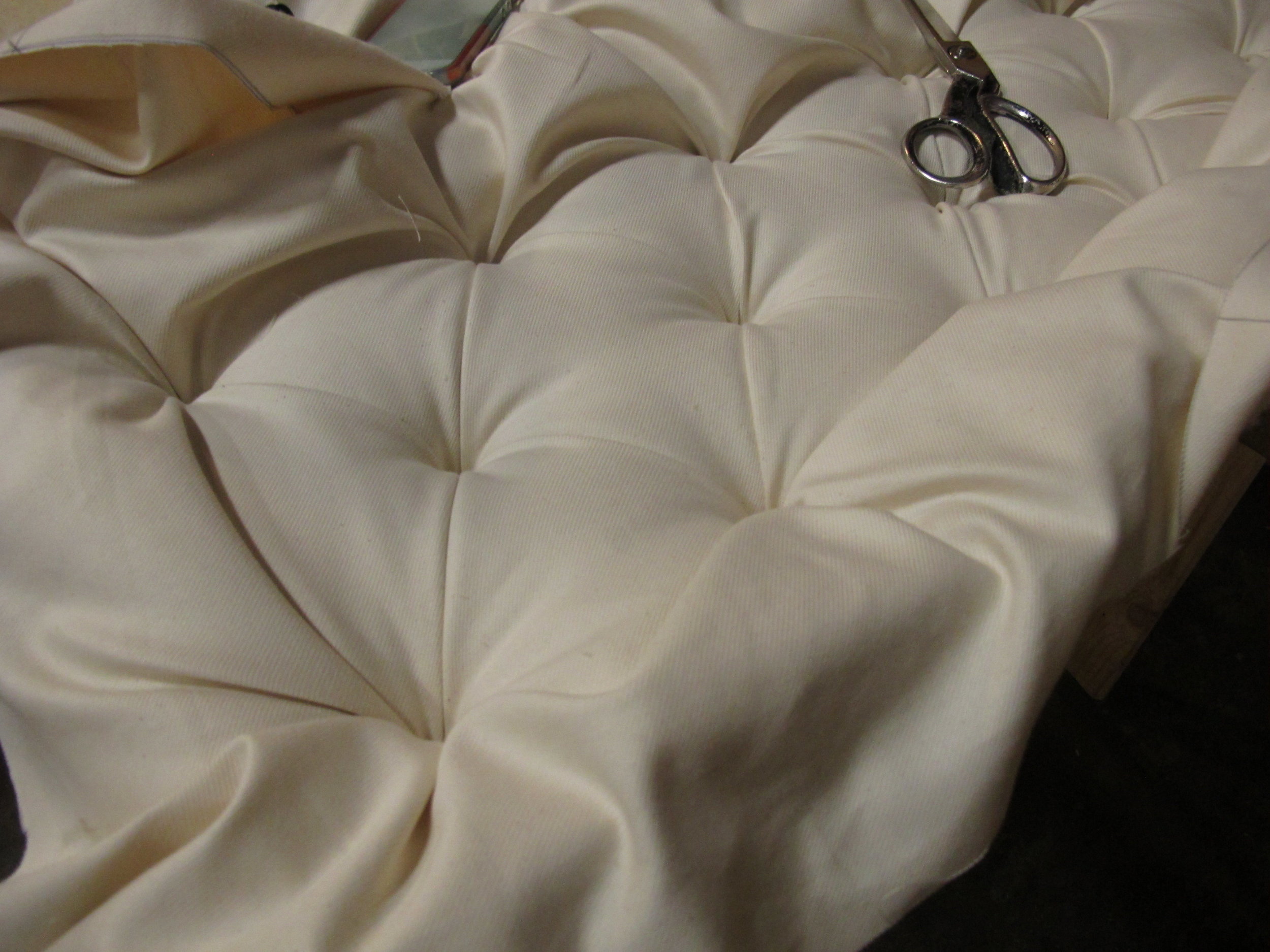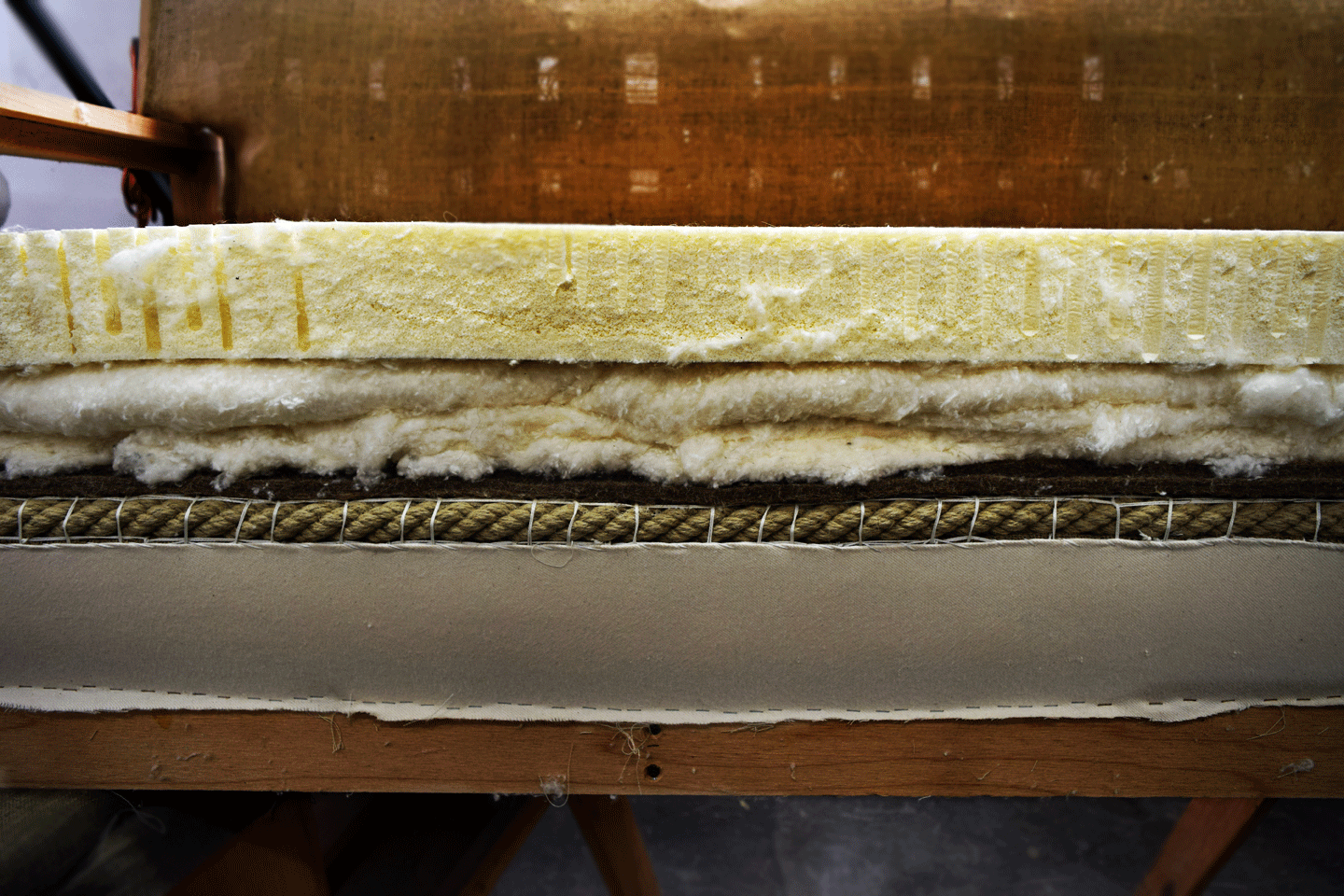I have a special needs child with a medical condition that keeps him on the sofa much of the day. The family sofa is more than just a place to sit, it's his security blanket.
As a mom, my paramount concern is his comfort and safety. When the time came to buy a new sofa, I wanted to make a change and get an organic one to prevent exposing him to toxins or chemicals found in regular sofas.
I did a lot of research on the internet, but there wasn't clear information to help me understand what the options were. I still had a lot of questions. Are all the components truly organic? How do you read between the lines when a company promotes itself as using “all natural” materials? Are they in control of the sourcing of all their materials?
When I found EcoBalanza, it was different. They explained all the filling options - like latex, wool and kapok as well as the different fabrics, and dyes. I was also reassured that they were in complete control of their supply chain, from start to finish. Scott spent a lot of time with me on the phone. He understood our long list of requirements, including my hesitation to make an expensive purchase, sight unseen. He asked many questions, sent pictures and facilitated the process of translating our specific needs into a custom built, beautiful and lasting piece.
Turn around time was shorter than I expected. It was shipped from Seattle to a local white glove delivery service. They brought it to my house, unwrapped the frame and cushions and carted away the packaging.
So today, the couch stands in my home, and it's clearly not a piece that was rolled off a factory floor. The design was specifically tailored for my son. They made the couch deeper, with a higher back and longer zippers to make the cushions easier to clean. The extra filling makes it softer and very comfortable. It's modern, stylish, well built and best of all, has no chemical smell.
I made an investment, it’s for my son, it’s for my peace of mind. It’s totally worth it.
- Vicky








